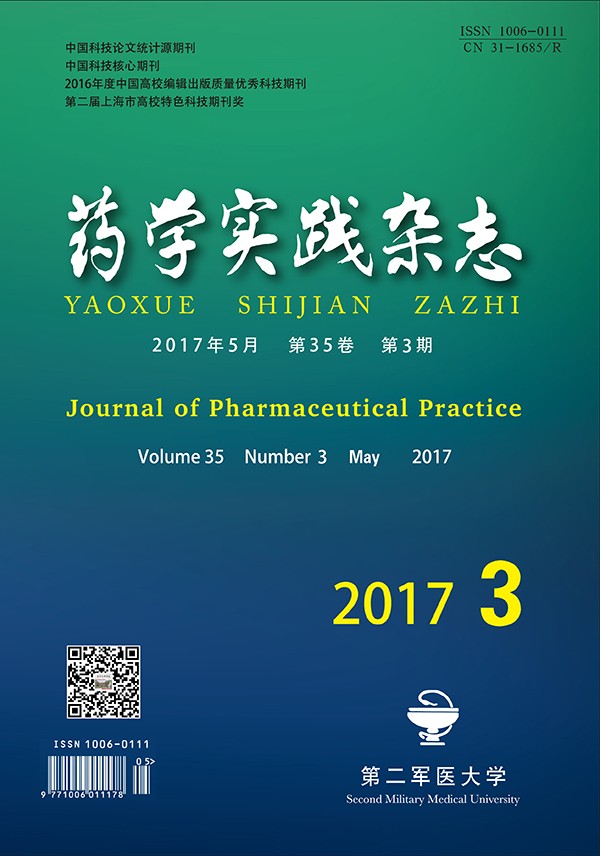|
[1]
|
杨雪梅,温洁新,李素华,等. 2010年我院124株白念珠菌药物敏感试验及耐药性分析[J]. 山西医药杂志,2012,41(5):445-446. |
|
[2]
|
Kanoshiki RL, de Paula SB, Santos JP, et al. Effects of fluconazole treatment of mice infected with fluconazole-susceptible and -resistant Candida tropicalis on fungal cell surface hydrophobicity, adhesion and biofilm formation[J]. Indian J Med Microbiol,2015,33(Suppl):97-101. |
|
[3]
|
金仕强,杨 丁,左之才.硫酸铜联合聚维酮碘治疗育肥牛皮肤真菌感染一例[J]. 黑龙江畜牧兽医,2015,(11):130. |
|
[4]
|
Dollwet, HHA., Sorenson, JRJ. Historic uses of copper compounds in medicine[J]. Trace Elem Med,1985,2 (2),80-87. |
|
[5]
|
木合塔尔. 应用煅硫酸铜治疗牛羊腐蹄病[J]. 中国兽医杂志,2002, (2):38 |
|
[6]
|
张玉聚,宋凤仙. 高分子有机酸复合碱式硫酸铜的杀菌效果研究[J]. 华北农学报,1998,13(2):98-101. |
|
[7]
|
Chudzik B, Tracz IB, Czernel G, et al. Amphotericin B-copper(Ⅱ) complex as a potential agent with higher antifungal activity against Candida albicans[J]. Eur J Pharm Sci,2013,49(5):850-857. |
|
[8]
|
Goldstein S, Czapski G. Transition metalions and oxygen radicals[J]. Int Rev Exp Pathol,1990,31,133-164. |
|
[9]
|
Kadiiska M B, Mason RP. In vivo copper-mediated free radical production: an ESR spin-trapping study[J]. Spectrochim Acta A Mol Biomol Spectrosc, 2002,58(6):1227-1239. |
|
[10]
|
Flannagan RS, Cosío G, Grinstein S. Antimicrobial mechanisms of phagocytes and bacterial evasion strategies [J].Nat Rev Microbiol,2009,7(5):355-366. |
|
[11]
|
Babu U, Failla ML. Respiratory burst and candidacidal activity of peritoneal macrophages are impaired in copper-deficient rats[J]. Nutr,1990,120 (12),1692-1699. |
|
[12]
|
Buchman C, Skroch P, Welch J, et al. TheCup2 gene product, regulator of yeast metallothionein expression, is a copper-activated DNA-binding protein[J]. Mol Cell Biol,1989,9(9):4091-4095. |
|
[13]
|
Hoffman AE, Miles L, Greenfield TJ, et al. Clinical isolates of Candida albicans, Candida tropicalis, and Candida krusei have different susceptibilities to Co(Ⅱ) and Cu(Ⅱ) complexes of 1,10-phenanthroline[J]. Bio Metals, 2015,28(2):415-423. |
|
[14]
|
Jensen LT, Howard WR, Strain JJ, et al. Enhanced effectiveness of copper ion buffering by Cup 1 metallothionein compared with CRS5 metallothionein in Saccharomyces cerevisiae[J]. J Biol Chem,1996,271(31):18514-18519. |







 DownLoad:
DownLoad: